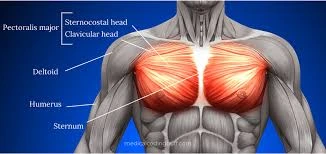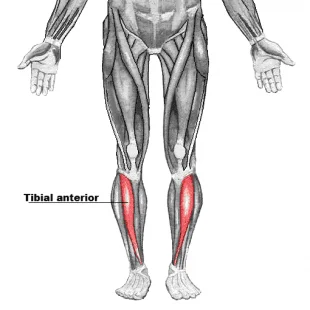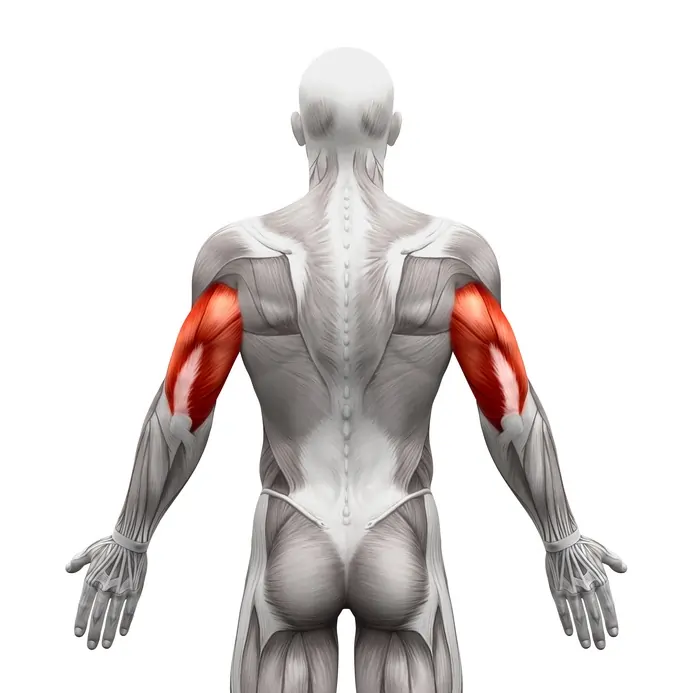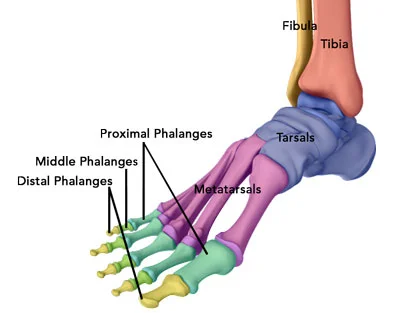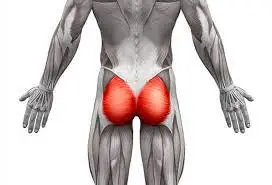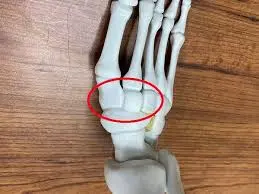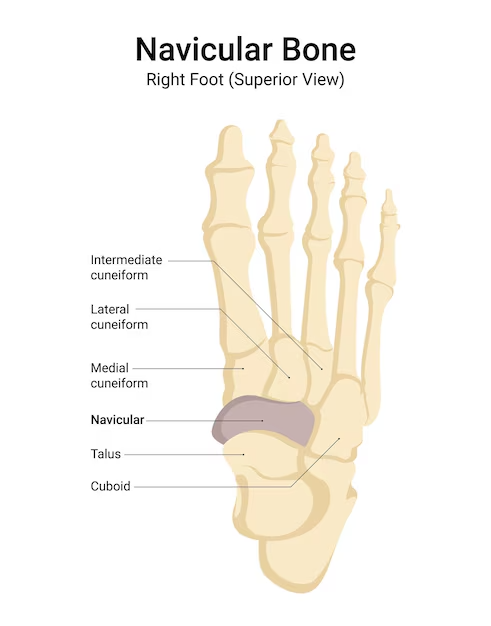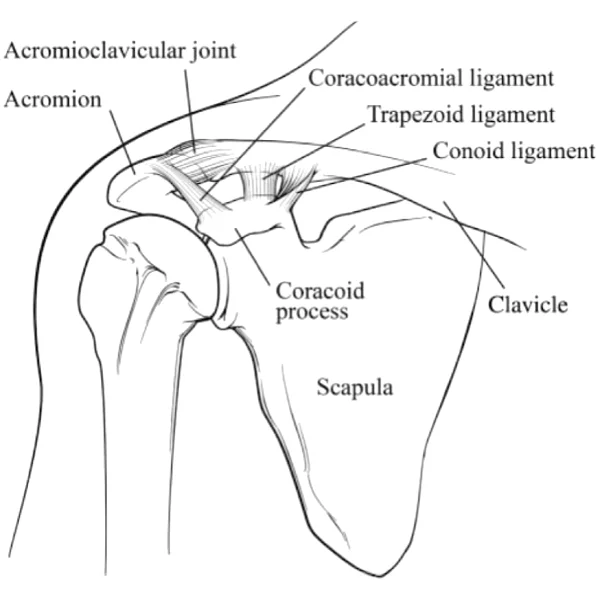Pectoral Muscle Pain
Pectoral Muscle Pain refers to discomfort or soreness in the chest muscles, which can arise from a variety of causes, including muscle strain, overuse, injury, or underlying medical conditions. These muscles, located in the chest area, play a crucial role in upper body movements such as pushing, lifting, and reaching. Understanding the potential causes and…

